— Research & Innovation —
"Through the lens of research and innovation, I weave data and design into transformative solutions, shaping a future where precision meets possibility."
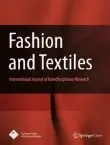
Elucidation of relationship between clothing silhouette and motifs with Indian Mughal architecture
Fashion draws inspiration from architecture, influencing silhouettes and motifs in clothing design. Indian Mughal monuments, rich in heritage, exhibit ornamental parallels in both textiles and architecture. This study uncovers not only aesthetic connections but also functional aspects of comfort linking both disciplines.
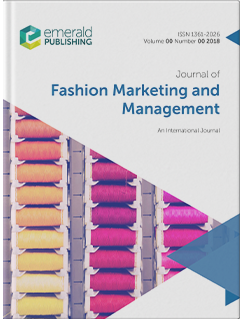
Exploration of Indian plus-size women's ready-to-wear: problems and preferences
The body positivity movement has amplified the demand for well-fitting, stylish plus-size clothing in India. This study, based on survey data from six cities, examines fit-related issues across 12 body sites and identifies key clothing preferences. Findings highlight poor fit, size unavailability, and a preference for classic silhouettes, offering insights for retailers to enhance plus-size fashion.

Unlocking Sustainable Fashion for Indian Plus-Size Women: Embracing Body Diversity
As India's plus-size fashion market flourishes, the challenge of ill-fitting garments fuels waste and returns. By weaving data from the INDIAsize project with refined FFIT formulas, this study maps nine unique body shapes across six regions. The insights pave the way for brands to craft fashion that truly fits—embracing diversity, reducing waste, and shaping a more sustainable future.

Plus Size Women Body Shape Analysis: An Implication for Developing a Sizing System
Understanding body shapes is crucial for creating well-fitted plus-size clothing, as curvy body proportions do not change uniformly. This study analyzes Indian plus-size women’s body shapes using FFIT and other techniques, revealing the most effective sizing system for better fit and inclusivity.
Continue reading
Regenerated Cellulose-Based Denim Fabric for Tropical Regions: An Analytical Study on Making Denim Comfortable
Denim has evolved from workwear to a fashion staple, but comfort often takes a backseat. This study crafts breathable, eco-friendly denim using regenerated cellulose fibers, blending tradition with tropical comfort, while Kawabata evaluation ensures its superior performance and wearability.
Continue reading
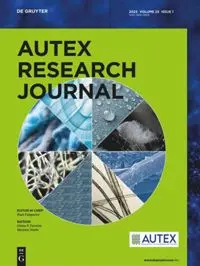
Statistical Analysis of Standard Allowed Minute on Sewing Efficiency in Apparel Industry
This study explores the correlation between standard allowed minutes (SAMs) and sewing efficiency in Ethiopia’s Almeda Textile PLC, analyzing factors like production rate, workstations, and operation breakdown. Using Pearson correlation in SPSS, it aims to optimize productivity, enhancing sustainable manufacturing for diverse apparel, from V-neck shirts to military uniforms.
Continue reading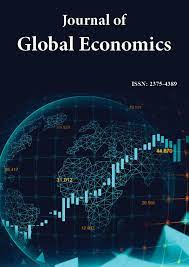
Export Performance and Revealed Comparative Advantage of Developing and Developed Economies for Textile Fibers or Fabrics
This study analyzes the comparative advantage of textile exports (HS codes 50-55) between developed and developing economies from 2006-2015 using Balassa’s RCA index. Findings reveal that developed nations had an advantage in wool products, while developing economies excelled in silk, cotton, and manmade fibers, peaking in 2009 before declining by 2015.
Continue reading
Development of Size Chart of Key Measurement for Plus Size Women Category in India
This study linking obesity to plus-size clothing, this research analyzed 30 obese U.S. teenage girls (12-17 years) using BMI and 3D body scanning. Through interviews and anthropometric data, it highlights the urgent need for updated plus-size sizing charts tailored to body shape variations.
Continue reading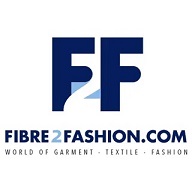
Introduction to e-clothing
The primary function of smart clothing is to sense external or a given stimuli and to respond accordingly. Stimuli can be in the form of electromagnetic radiation-ultra-violet (UV), visible or infra-red (IR); chemicals like moisture and ions; mechanical energy like pressure, break and twist. Response can be linked to shape-swelling or shrinking.
Continue reading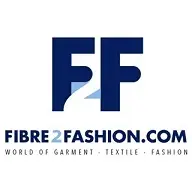
Understanding smart clothing
The primary function of smart clothing is to sense external or a given stimuli and to respond accordingly. Stimuli can be in the form of electromagnetic radiation-ultra-violet (UV), visible or infra-red (IR); chemicals like moisture and ions; mechanical energy like pressure, break and twist. Response can be linked to shape-swelling or shrinking.
Continue reading